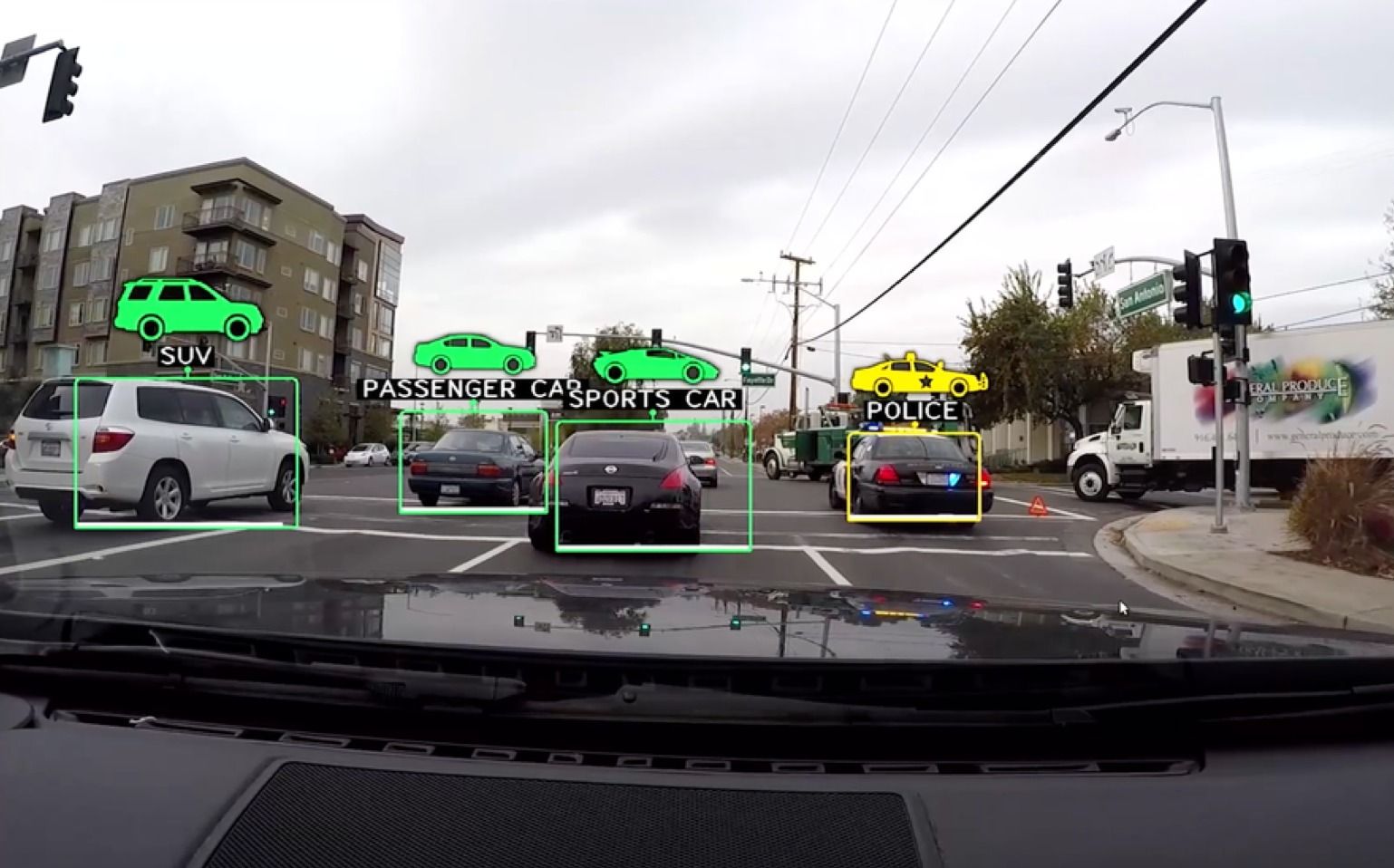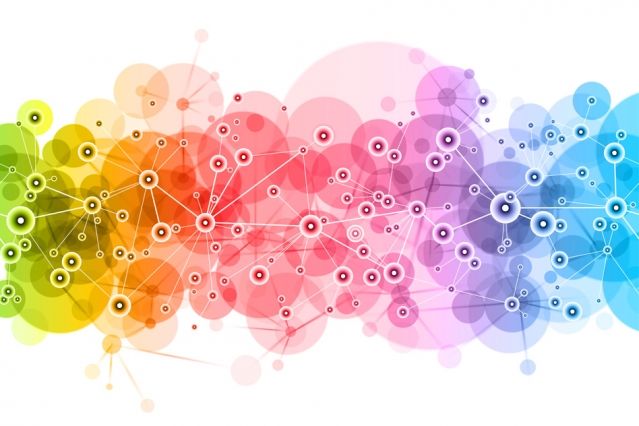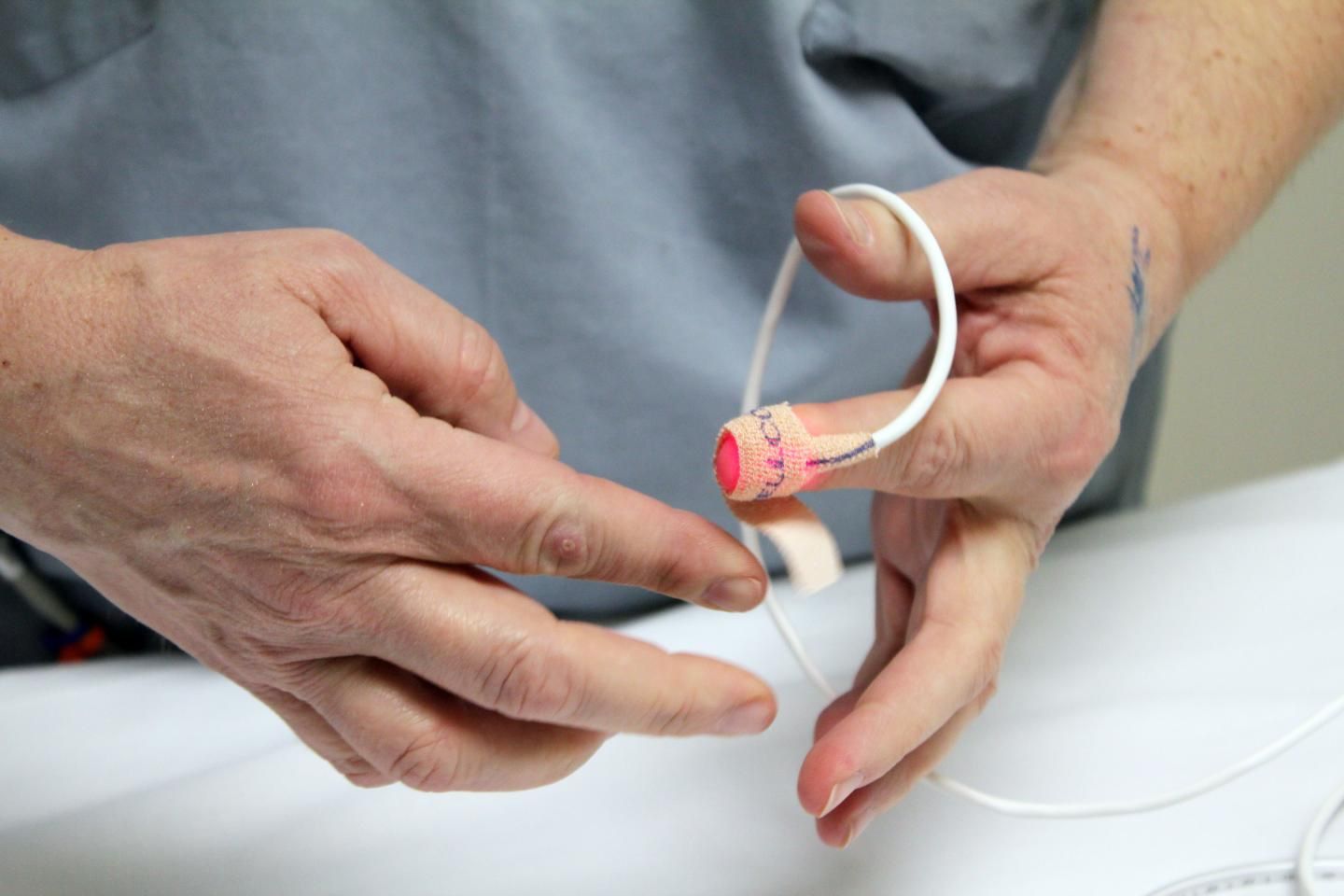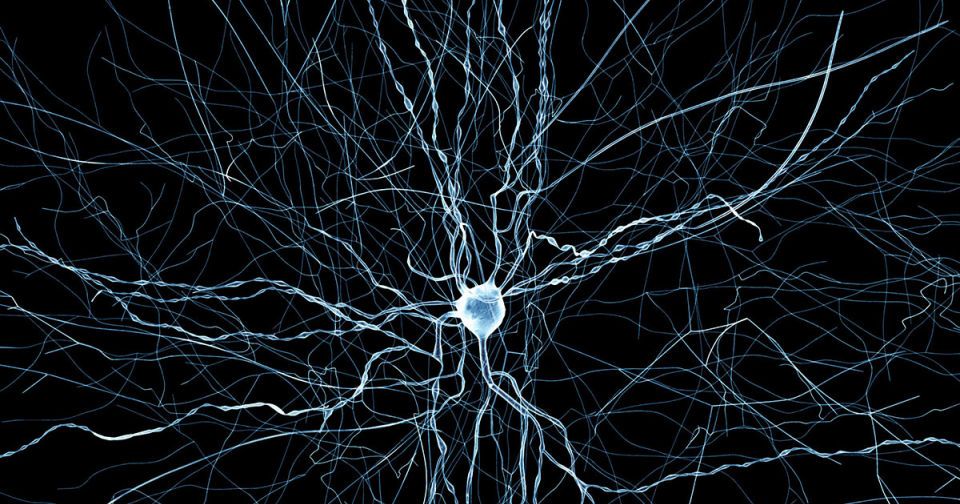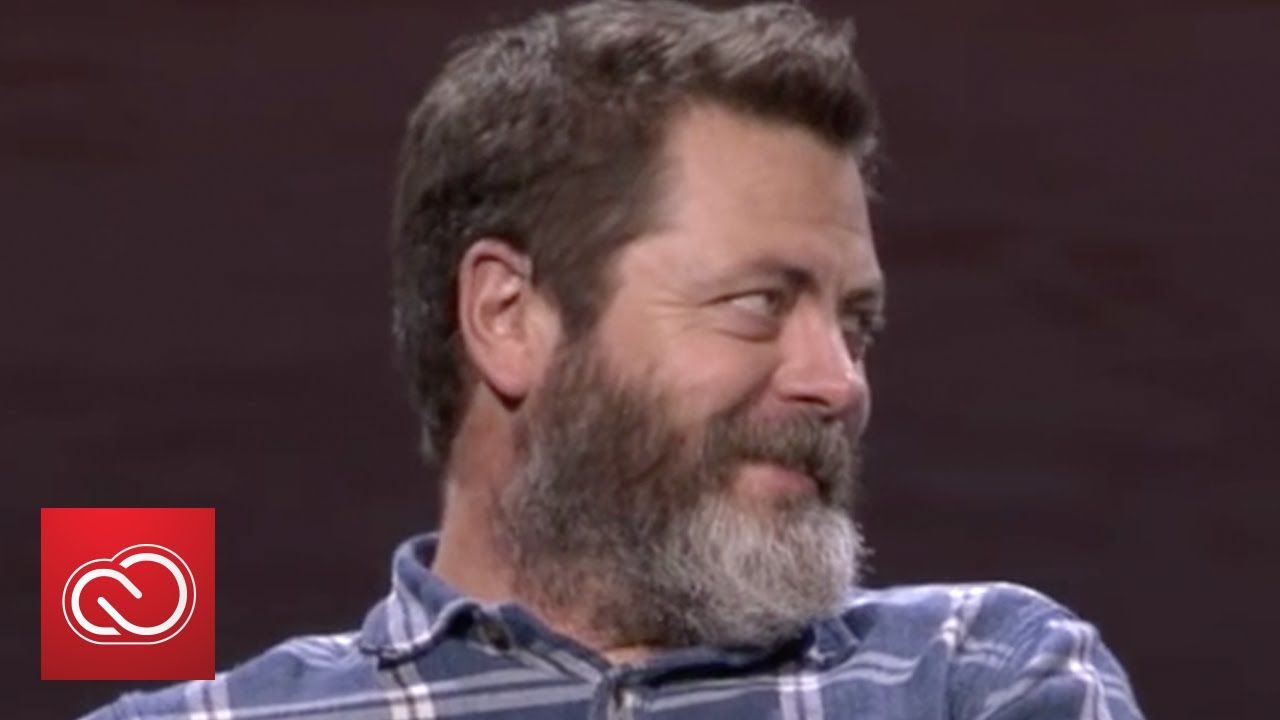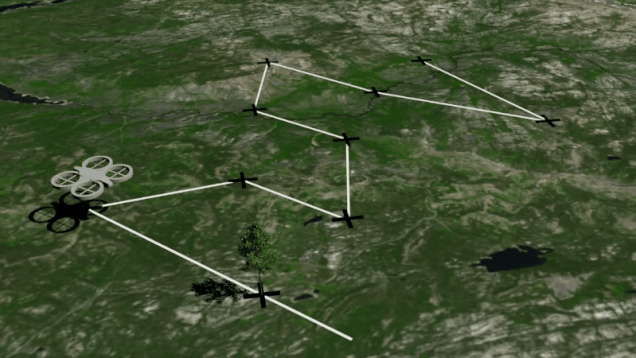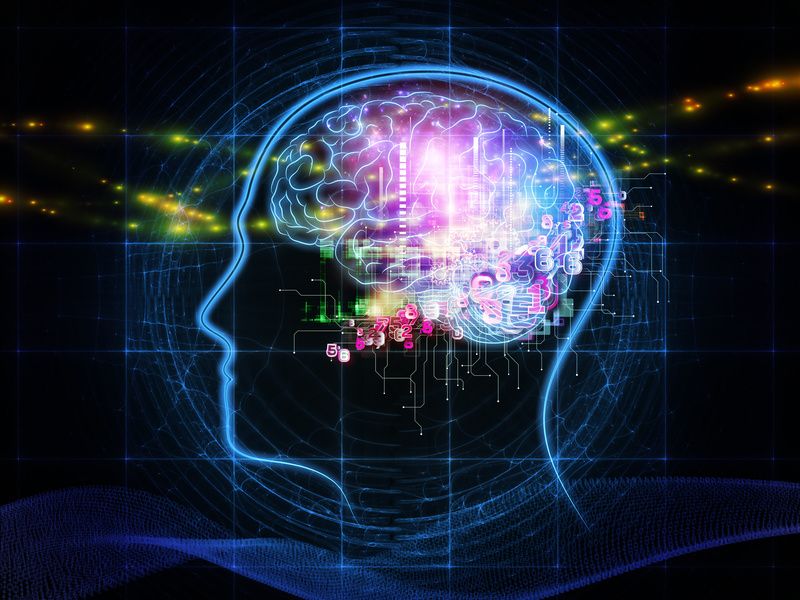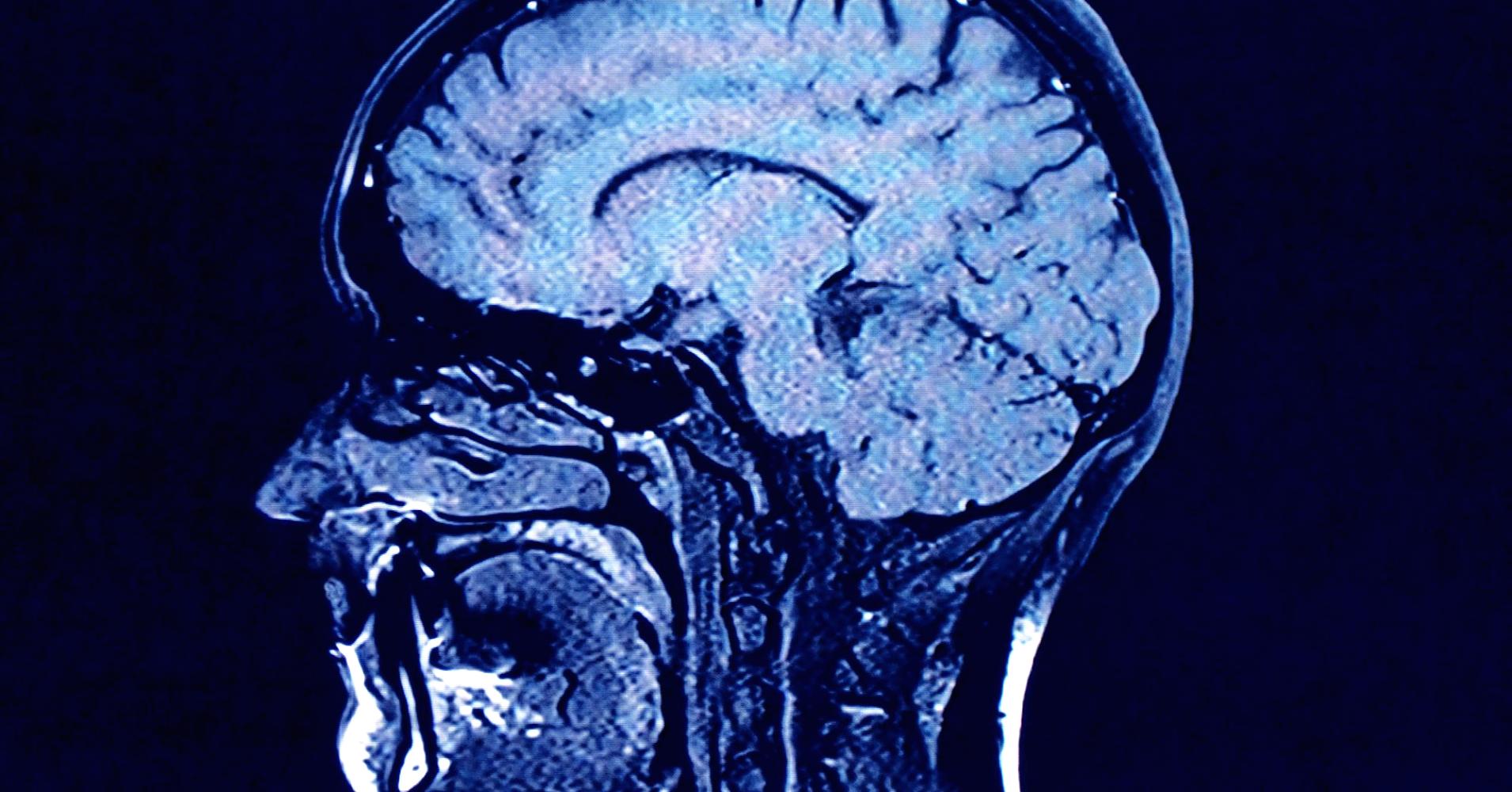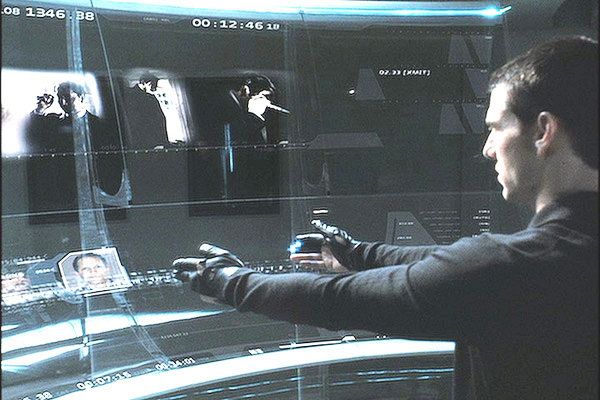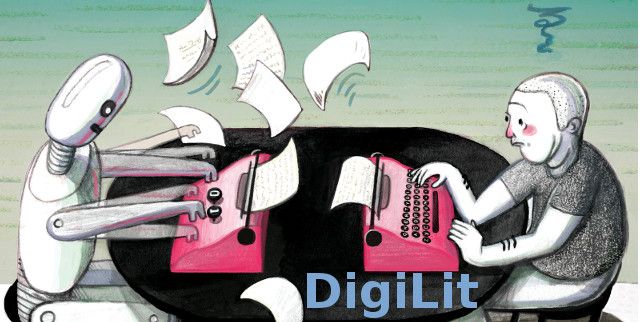Oct 17, 2015
How Tesla is ushering in the age of the learning car
Posted by Shailesh Prasad in categories: Elon Musk, information science, robotics/AI, sustainability, transportation
Tesla’s new autopilot system is relying on the cutting edge of machine learning, connectivity and mapping data.
While Tesla’s new hands-free driving is drawing a lot of interest this week, it’s the technology behind-the-scenes of the company’s newly-enabled autopilot service that should be getting more attention.
At an event on Wednesday Tesla’s CEO Elon Musk explained that the company’s new autopilot service is constantly learning and improving thanks to machine learning algorithms, the car’s wireless connection, and detailed mapping and sensor data that Tesla collects.
